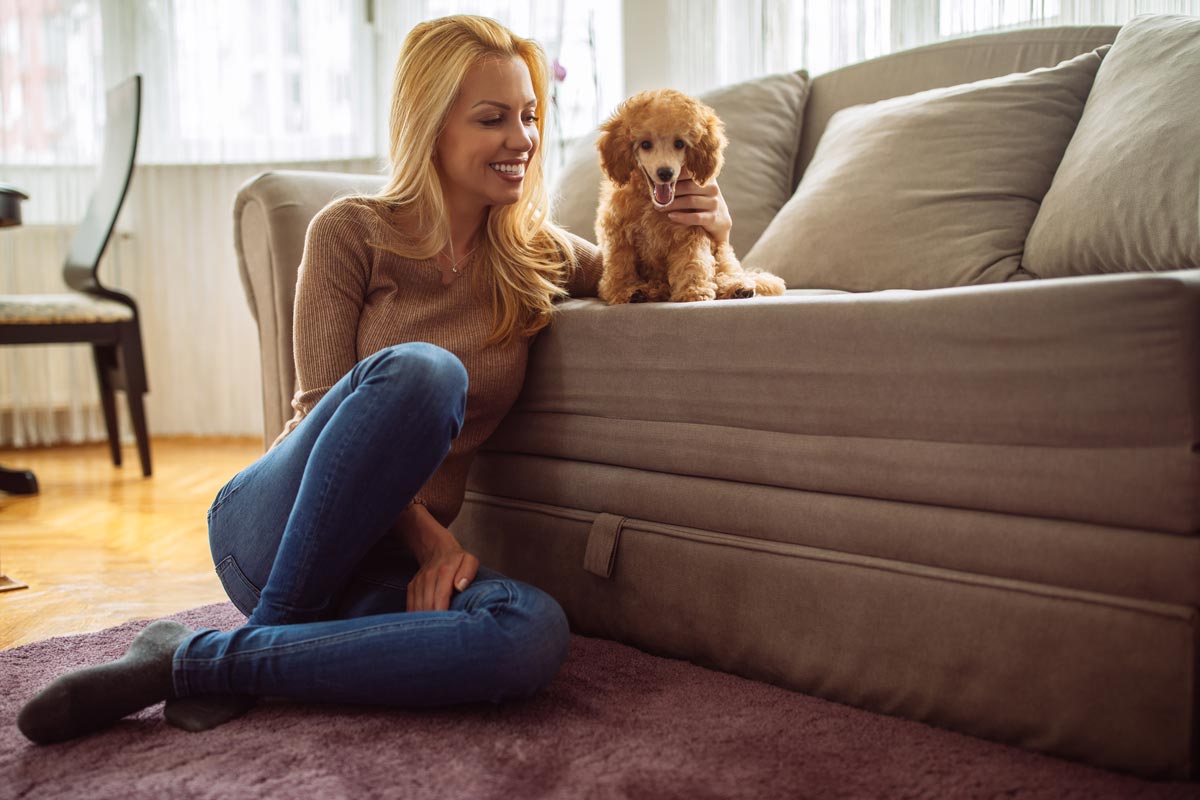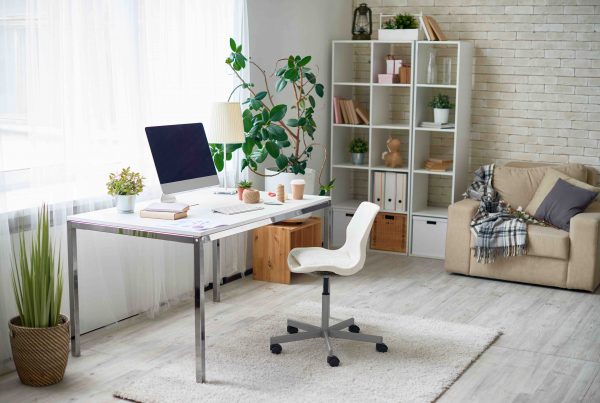For many people, owning a pet is an important way to turn a house into truly feeling like a home.
But exactly what type of pet can help give you those fuzzy feelings of unconditional love depends on a number of factors – these include, the time you have to attend to a pet’s needs, the size of pet that best suits you and your lifestyle, whether you have any allergies, is home cleanliness an important issue and the acceptance of possible unplanned accidents which might result in minor property damage.
According to a report released by RSPCA Australia in 2018, there are an estimated 24 million pets in Australian homes – a figure that ranks Australia as having one of the highest rates of pet ownership in the world. Of the 62 percent of Australian households that own pets, dogs are most common, followed by cats, birds and a collection of other animals, including rabbits, guinea pigs, reptiles, rats, mice and companion horses. With an estimated 13 percent of Australian households planning to get a pet in the next twelve months, figuring out how to pet-proof your precious home is an important consideration.
To make your property more pet-proof, try these practical tips.
Living Room
Most likely, this is the place where your furry friends, such as dogs and cats, will spend the majority of their time, cosying up to you and your family members.
If you don’t want pet hair and pawprints on your favourite couch or armchair, it’s important to set boundaries from the beginning. Choose a comfortable pet bed and encourage your new pet to sleep there. Having a special throw rug, that suits your decor but acts as a protective (and easily washable) barrier to your actual furniture is a smart back-up.
Low-lying candles, potpourri and other decorative touches your pet could view as food – or chew toys – look at moving them out of harms way and help keep your animal safe (and you less frustrated!).
Investing in purpose-designed clips to secure bundled electrical cables minimises temptation, tangles and reduces tripping hazards – bread ties can be a cheap alternative, depending on how many cables need to be made secure.
If you have kids who play with toys, always do a sweep of the area for Lego pieces and assorted toys – including chewable soft toys and security blankets – your pet may see as their own plaything. Hair ties can also be deadly for dogs if chewed and swallowed.
For cats with a tendency to use precious furniture as a scratching post, invest in their own purpose-built scratch post and train them to use it.
Other pets, such as fish in bowls or tanks, or other small mammals in hutches/cages, should be kept in well-ventilated spaces with natural light, away from the possibility of bumps (and potential escapes).
If you have indoor plants or flowers in vases, do some research to ensure the plant is not toxic for your pet, if chewed. There are some plants to avoid, but talking to a nursery specialist or your local vet should give you the information you need.
Bedrooms
The same basic rules related to pet-proofing your living room also apply in here. Candles, loose items of clothing (investing in a laundry hamper may save you several pairs of socks/underwear), make-up products, shoes and also favourite books and magazines can all attract the attention of your pets.
Keeping your wardrobe doors and drawers closed can help keep your pets away from your things – preventing cats from using cupboards/drawers as beds and reducing the risk of animals being accidentally shut inside closed furniture. Always check drawers and cupboards before you close them – cats, especially, love finding dark, cosy cubby-holes to hide away in and if they are shut in for a long time, without access to food, water, or fresh air, this can be dangerous.
Low windows that can be reached by pets should be kept closed, or secured in a way that pets can’t escape from. Keep any waste-paper bins securely closed and don’t keep snacks where pets can reach them.
To make things even easier, close your bedroom door and create a no-go area for your pet unless you are in there with them.
Bathroom / Toilet / Laundry
Any rooms that have water, electrical appliances, and chemicals that can be ingested (bleach, laundry detergent, soaps, cleaning products, toilet cleansers, etc) can be deadly for pets.
In the toilet, keep the toilet lid closed at all times and always shut cupboard doors and drawers to stop curious noses sniffing out scents they may perceive as food – think scented soaps, toothpastes, and cosmetics.
Hair products and soaps in the shower must be put out of reach and windows that are able to be accessed by climbing, jumping pets, should be checked to ensure pets cannot fit through the opening.
Kitchen
Kitchens are a treasure trove of food treats for pets – and under the sink can also hide many chemical dangers, including household cleaning products and detergents.
Fruit bowls, lolly jars, biscuit tins and flowers in vases should all be kept out of reach. Be aware of bar stools and dining chairs that can create a launch pad for smaller animals to access benchtops and pantry shelves.
Investing in child-proof locks may be a wise thing if you are the owner of particularly inquisitive pets but keeping all doors and drawers closed at all times is usually enough to dissuade most pets. Check your bin placement and, if your pet can access it, a child’s lock here could save their life – and a lot of mess.
Garage
Pesticides, poisons, cleaning products and sharp tools can all mean death to your pets if not stored properly.
As well as providing hidey-holes smaller animals can escape through, the average garage is a clutter of trouble.
Replace cardboard boxes with sealable plastic storage tubs and secure them properly.
Snail pellets and pest killers can kill your beloved pet. For perfect peace of mind, consider more humane pest control methods that do not include ingestible poisons.
Fertilisers, plastic attachments on watering systems, clothes pegs and barbecue fuel can all present dangers to pets and for small animals living in backyard hutches in your garden, making sure enclosures are secure from both escape and potentially harmful vermin (foxes and rats), can save a lot of heartache.
Pet ownership can be a wonderful way to create a happy environment but your responsibility to them means offering them the safest possible home so they can enjoy a long, healthy life too.
For information about refinancing your home loan to renovate or refurbish your property, contact our mortgage broking experts at Lending Specialists today.










